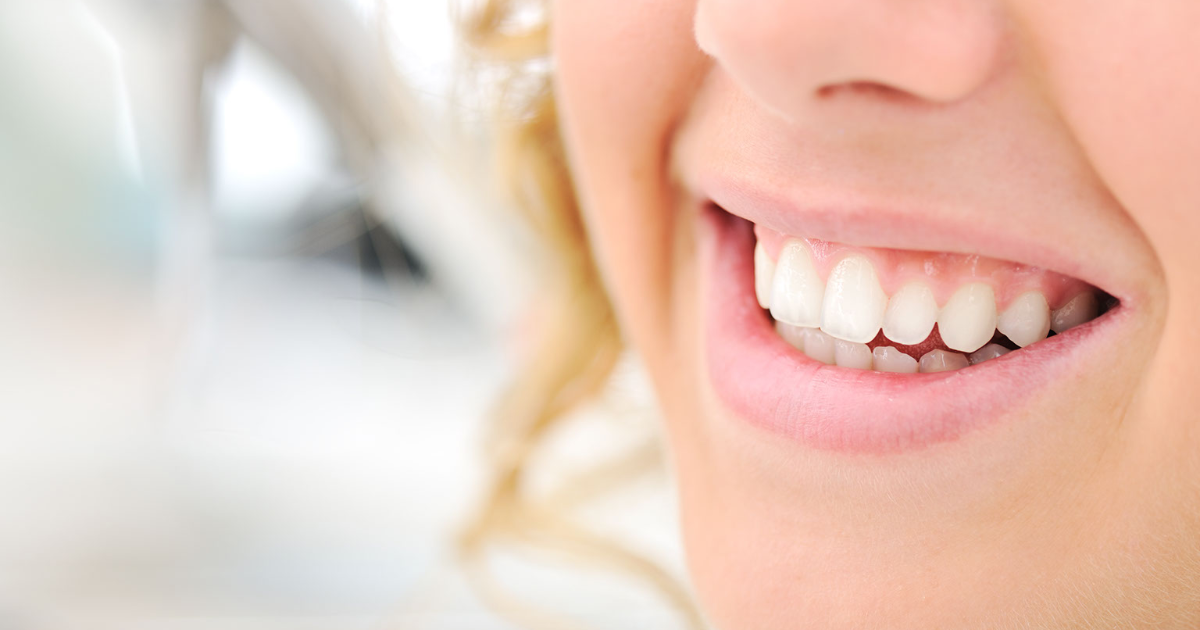Dental Bonding 101: What Can I Expect From Tooth Bonding?

If you’re self-conscious about your smile, you’re not alone. Approximately 20% of Americans don’t have an ideal bite, and up to 32% of people say they’re concerned with the look of their teeth. For those who have cracked, chipped, or spaced teeth, dental bonding can offer you a way to regain your confidence so you can smile without insecurity.
But what exactly is dental bonding? And what do you need to know about this procedure when you make an appointment at your local cosmetic dentistry office? Here, we’ll dive into the details about dental bonding to give you a better idea of this popular dental procedure.
What is dental bonding?
Dental bonding, also called tooth bonding, is a cosmetic dental procedure where a dentist will apply a composite resin to a single tooth or multiple teeth. This composite resin is tooth-colored to match your natural teeth and gives the impression of an undamaged tooth. If the root of your tooth hasn’t been damaged and your dental issues are largely cosmetic, dental bonding can be a great way to repair your damaged tooth as opposed to crowning the tooth.
Why do people choose to get dental bonding?
Dental bonding is a popular method of repairing dental imperfections because it’s an efficient procedure that doesn’t require any downtime. While some appointments may run longer depending on how many teeth are undergoing treatment, the average tooth bonding procedure takes only between 30 to 60 minutes. That’s about the same amount of time as a filling.
While many people choose to use tooth bonding as a way to repair imperfections such as a chipped, cracked, or discolored tooth, other people may also choose tooth bonding for other reasons. For instance, tooth bonding can be used to increase the length of a tooth if one is shorter than the others. You can also use tooth bonding as a way to close the gap between two teeth to reduce the risk of cavities.
How do I prepare for a dental bonding procedure?
While tooth bonding doesn’t require any particularly special preparation, you’ll still need to reach out to your general dentist prior to scheduling a procedure with a cosmetic dentist. The reason for this is because you may not be a good candidate for a tooth bonding procedure. To qualify for tooth bonding, the tooth that you want the procedure for will need to be clear of decay and any severe tooth damage. If the damage is severe, you may need a crown instead.
If you’re a good candidate for tooth bonding, you’ll make a consultation with a cosmetic dentist. From there, your cosmetic dentist will choose a composite resin color using a shade guide to make sure that the resin matches the natural color of your teeth. The last thing you want is a composite resin that’s too white or too dark for your natural teeth. Your dentist will then roughen the surface of the tooth. A liquid is applied to the surface of the tooth, enabling the bonding agent to stick to the tooth. The composite resin is then applied over the liquid.
Your dentist will mold the composite resin to the shape of the tooth to ensure your bite is correct before applying ultraviolet light to the composite resin to harden the material. After the resin hardens, your dentist may further reshape the resin to ensure it looks natural and fits comfortably on your tooth.
How do I care for my bonded teeth?
After your tooth bonding procedure, it’s important to take care of your teeth to ensure the composite resin stays in good shape. To extend the life of your bonded tooth, it’s recommended to brush your teeth twice a day for two minutes each time and to floss daily to prevent plaque from building up and turning into tartar. See your dentist for regular cleanings every six months as well.
It’s also recommended to avoid hard food, candy, and biting your nails, which can break down the composite resin. To avoid staining the composite resin, for the first two days after the procedure you’ll need to avoid drinking tea, coffee, and smoking tobacco. If you accidentally break the bonding material or if you notice any sharp edges after your procedure, make sure to see your dentist to have the issue repaired.
Interested in learning more about tooth bonding? Contact Railroad Dental Associates today to see if you qualify as a candidate for dental bonding.

